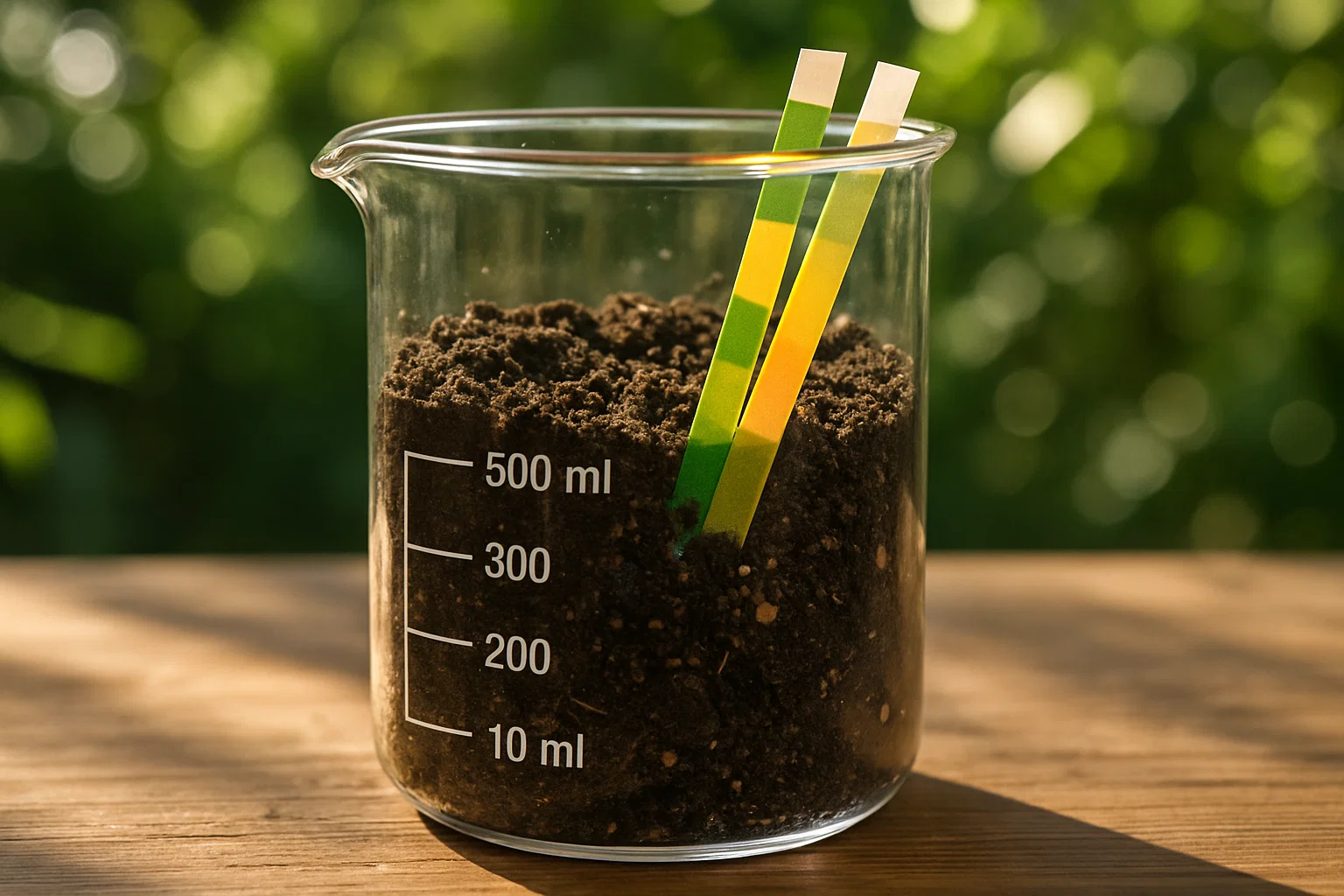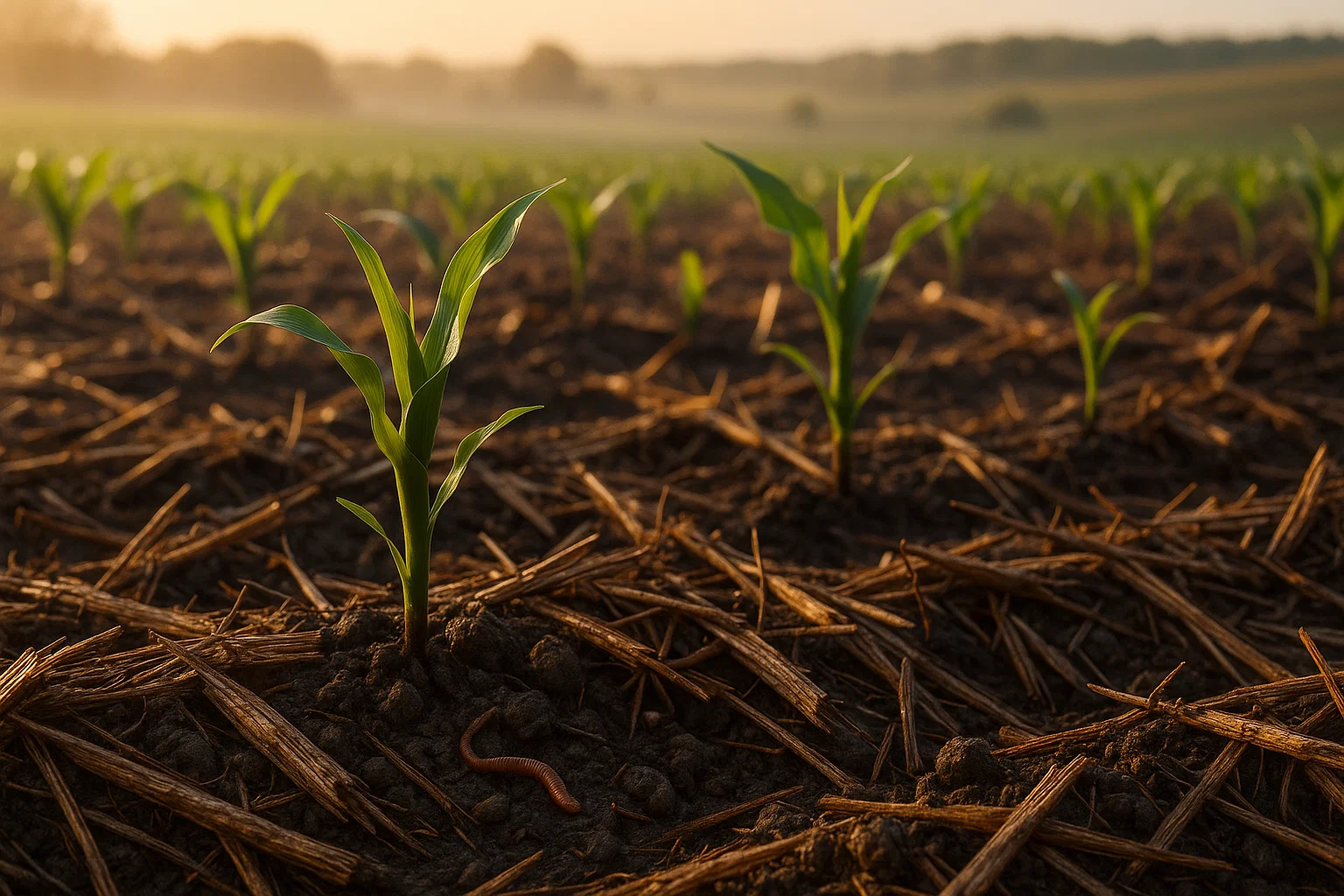Soil health is often the cornerstone of successful gardening and farming. Among the various factors that contribute to healthy soil, one of the most significant but often overlooked is soil pH.
The pH of soil refers to its acidity or alkalinity and plays a vital role in determining how well plants can absorb essential nutrients. Understanding and maintaining the right soil pH is crucial for the growth and development of your plants.
In this ultimate guide, FnB Tech will explore what soil pH is, why it matters for plant health, how to measure it, and how to adjust it to create an optimal growing environment. We will also answer some common questions about soil pH and its impact on plants, helping you ensure your garden thrives no matter the plant species.
Contents
What Is Soil pH?
Soil pH is a crucial factor in gardening and agriculture that often goes overlooked. Simply put, soil pH measures the acidity or alkalinity of the soil.
The pH scale ranges from 0 to 14, where 7 is considered neutral. A pH below 7 indicates acidic soil, while a pH above 7 indicates alkaline soil. Understanding this terms is vital because it influences the availability of nutrients in the soil, which directly affects plant health.
Read also: Organic Soil Secrets, Boost Your Harvest in 5 Steps
Why Soil pH Matters for Plant Health
Soil pH plays a fundamental role in plant growth. Plants rely on the soil to supply essential nutrients, and the pH of the soil directly impacts nutrient availability. If the soil is too acidic or too alkaline, it can limit a plant’s ability to absorb certain nutrients.
For instance, in acidic soils (low pH), essential nutrients like nitrogen, phosphorus, and potassium are often unavailable to plants. On the other hand, alkaline soils (high pH) may lead to the binding of micronutrients like iron, zinc, and manganese, preventing plants from absorbing them. This imbalance can result in stunted growth, poor yields, or even plant death.
How to Measure Soil pH

Testing soil pH is the first step in determining the health of your soil. Here are a few methods you can use to measure soil pH:
1. pH Testing Kits
pH testing kits are available at most gardening stores. These kits typically come with a liquid reagent that changes color based on the soil’s pH.
Simply mix a soil sample with the reagent and compare the resulting color with the color chart included in the kit.
2. Digital pH Meters
A more accurate option is a digital pH meter. These meters give you an immediate reading of your soil’s pH and can be reused.
They are relatively easy to use and provide more precise results than testing kits.
3. Laboratory Testing
For the most accurate results, especially if you’re dealing with large garden areas or agricultural land, consider sending a soil sample to a laboratory for testing. Laboratories will give you a detailed analysis of the pH, along with other important soil properties, like nutrient levels and texture.
4. Interpreting Soil pH Test Results
Once you’ve measured your soil’s pH, understanding the results is crucial. Here’s a breakdown of what your pH may indicate:
-
Acidic Soil (pH 0-6.9): Common in regions with high rainfall and older soils. It can lead to nutrient deficiencies.
-
Neutral Soil (pH 7): Ideal for most plants.
-
Alkaline Soil (pH 7.1-14): Often found in dry, arid regions. It can cause nutrient lockout for certain plants.
Ideal Soil pH for Different Plants
Different plants have different preferences when it comes to soil pH. Understanding these preferences can help you create the perfect environment for your plants to thrive.
Acid-Loving Plants
Some plants, like blueberries, azaleas, and rhododendrons, thrive in acidic soils. These plants prefer a pH level between 4.5 and 6.0. If your soil is too alkaline, you may need to adjust the pH to make it more acidic.
Neutral-Loving Plants
Most common garden plants, including tomatoes, lettuce, and carrots, prefer neutral soil with a pH of around 7.0. This pH level allows for a balanced nutrient availability for these plants.
Alkaline-Loving Plants
Other plants, like lavender and certain herbs, prefer alkaline soils. These plants thrive in a pH range of 7.5 to 8.5. In areas with naturally acidic soil, it may be necessary to raise the pH for these plants to grow properly.
Adjusting Soil pH
If your soil pH is out of balance, don’t worry. You can adjust it to create the ideal environment for your plants.
How to Lower Soil pH (for Acidic Soil)
If your soil pH is too high (alkaline), you can lower it by adding organic matter, sulfur, or peat moss. These amendments help acidify the soil and make it more suitable for acid-loving plants.
How to Raise Soil pH (for Alkaline Soil)
To raise the pH of overly acidic soil, you can add lime (ground limestone). Lime gradually raises the soil’s pH by neutralizing the acidity. It’s important to use the correct amount based on your soil’s current pH.
Best Practices for Soil pH Adjustment:
-
Always test your soil before making any adjustments.
-
Make changes gradually to avoid shocking your plants.
-
Follow recommended guidelines for adding amendments to ensure the soil is balanced.
Conclusion
Soil pH is a vital factor in determining the health of your plants. By understanding what soil pH is, how it affects nutrient availability, and how to adjust it, you can create the perfect environment for your garden or farm.
Regular testing, adjusting when necessary, and choosing the right plants for your soil type will ensure healthy, thriving plants all year long.
FAQs
1. What is the best pH level for plants?
The ideal pH level for most plants is around 6.0 to 7.0. This neutral range allows for the best nutrient absorption for most types of plants. However, some plants like blueberries thrive in more acidic soils, while others like lavender prefer alkaline soils.
2. How do I know if my soil is too acidic or alkaline?
The most effective way to determine whether your soil is too acidic or alkaline is through a soil pH test. If your plants are showing signs of nutrient deficiencies or stunted growth, an unbalanced pH could be the cause.
3. Can I adjust soil pH naturally?
Yes, you can adjust soil pH naturally. To lower pH, add organic materials such as pine needles or peat moss. To raise pH, you can add crushed limestone or wood ash. These natural amendments help balance soil pH without harsh chemicals.
4. What happens if the soil pH is too high or too low?
If the pH is too high (alkaline), plants may struggle to absorb essential nutrients like iron and zinc. On the other hand, if the pH is too low (acidic), nutrients like phosphorus and potassium become less available. This can lead to nutrient deficiencies, poor plant health, and even death.
5. How often should I test my soil pH?
It’s a good idea to test your pH every 1-2 years, especially if you notice changes in your plants’ growth patterns. Testing before planting new crops or adjusting the soil will help ensure that your soil is in optimal condition for plant growth.











